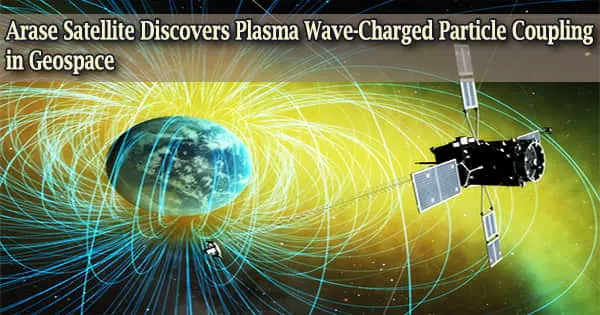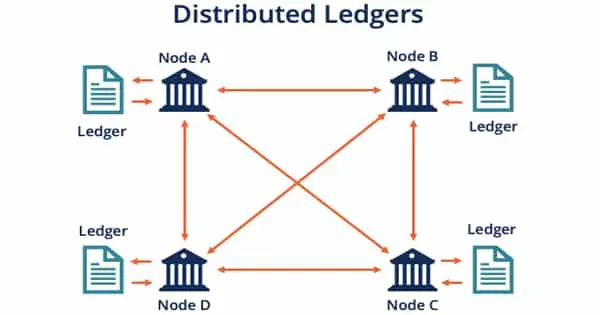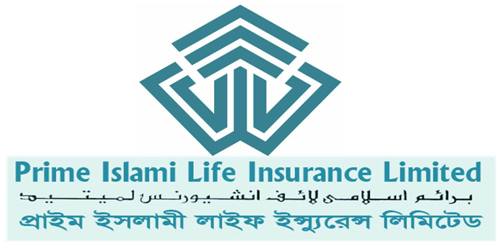Researchers from Japan have recently revealed a new energy transfer mechanism in collisionless plasma, demonstrating that high-frequency plasma waves in the Geospace can produce low-frequency plasma waves through wave-particle interactions by heating up low-energy ions.
The production of “plasma waves,” which results from an instability of plasma distributions, is a notable indicator of plasma, a state of matter defined by freely moving charged particles interacting via electromagnetic interactions.
In the Geospace, “fast magnetosonic waves” (MSWs) are one type of electromagnetic plasma wave. MSWs, which are referred to as “high frequency waves,” are produced by hot protons.
The “electromagnetic ion cyclotron” (EMIC) wave, a different type of wave that frequently occurs in geospace, is categorized as a “low frequency wave.”
Recent geospace satellite investigations have demonstrated that MSWs and EMIC waves frequently coexist. Uncertainty persists over the mechanism driving this coincidence.
A group of scientists from Nagoya University in Japan, under the direction of Professor Yoshizumi Miyoshi, have now partially uncovered this mechanism.
EMIC waves cause significant scattering and loss of ‘killer electrons’ in the Van Allen radiation belts which often cause satellite malfunctions. The new energy transfer route for exciting EMIC waves revealed in our study could contribute to improved space weather forecasting, making for safer operations of satellite in the Van Allen radiation belts.
Professor Yoshizumi Miyoshi
“MSWs are known to occur together with the heating of low-energy protons and studies have shown that MSWs can heat up these ‘cold’ ions. With the recent observation data by the Arase satellite showing simultaneous EMIC waves, we wondered whether the appearance of EMIC waves is actually coupled with the MSW-mediated ion heating process,” says Prof. Miyoshi, explaining the motivation behind the study.
In order to investigate the “cross-energy coupling” between the MSWs and EMIC waves they had seen with the Arase satellite, the researchers used a wave-particle interaction analysis method.
The findings were illuminating: they discovered that while MSWs transmitted energy to the “cool” protons to heat them up, some of this energy was used to excite the EMIC waves.
A cross-energy coupling between hot protons, cold protons, MSWs, and EMIC waves occurred as a result of the fact that hot protons energized MSWs, which in turn served as a mediating agent for energy transfer to the EMIC waves.
While these findings are exciting in themselves, Prof. Miyoshi explains how they are of significance to our knowledge about the Geospace as well:
“EMIC waves cause significant scattering and loss of ‘killer electrons’ in the Van Allen radiation belts which often cause satellite malfunctions. The new energy transfer route for exciting EMIC waves revealed in our study could contribute to improved space weather forecasting, making for safer operations of satellite in the Van Allen radiation belts.”
















